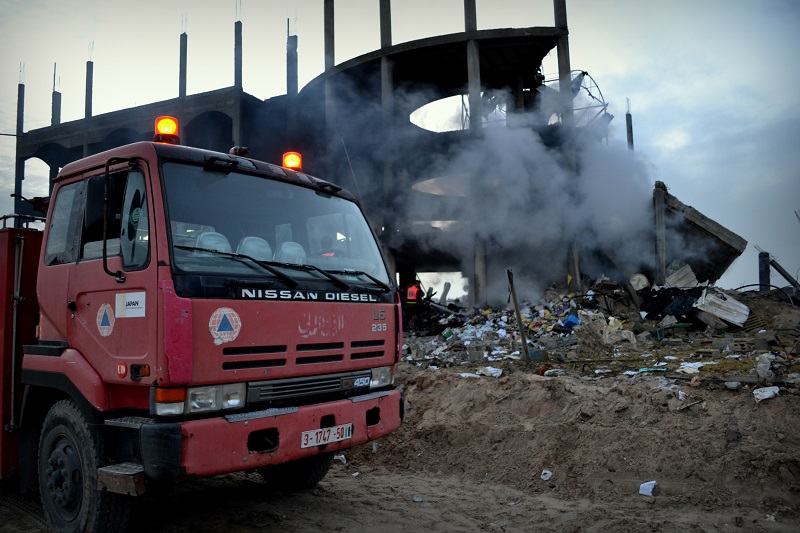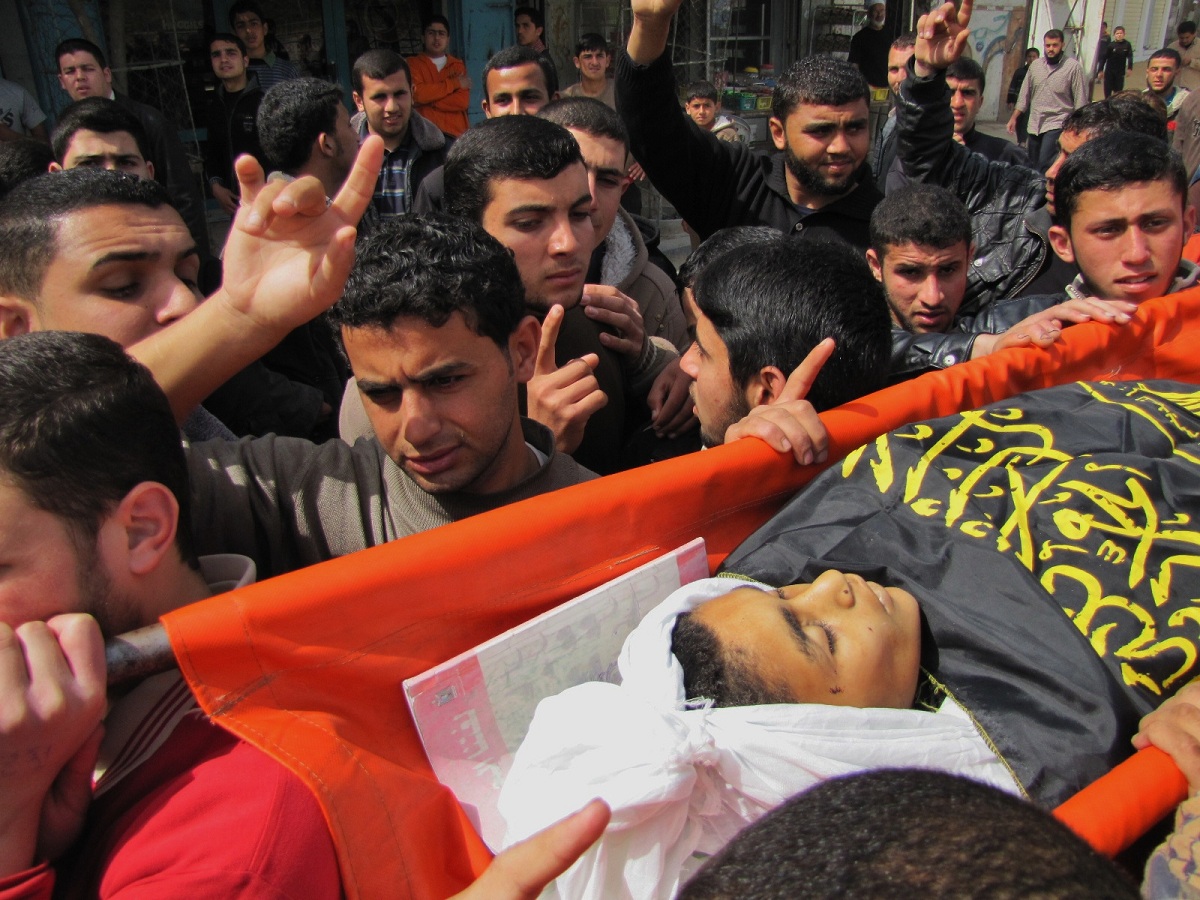Tag: Blockade
-
Israeli forces capture two Palestinian fishermen and seize their boat off Gaza
21st November 2013 | International Solidarity Movement, Rosa Schiano | Gaza, Occupied Palestine On Sunday, 17th November 2013, two Palestinian fishermen were captured by Israeli naval forces, who also confiscated their boat, in Gaza waters. Ammar Asad al-Sultan, age 19, and Mohsen Zayed, age 25, were on a small fishing boat, or hasaka, without an engine,…
-
Burying Ayoub
by Nathan Stuckey 11 March 2012 | International Solidarity Movement, Gaza Twelve year old Ayoub Assalya was murdered today. He was walking to school when an Israeli missile landed next to him. It was seven A.M. He is another casualty of Israel’s latest attack on Gaza. For three days now Gaza has been under bombardment. …



